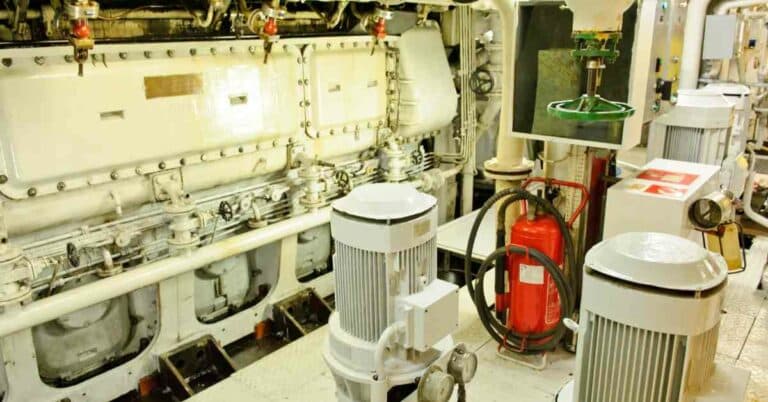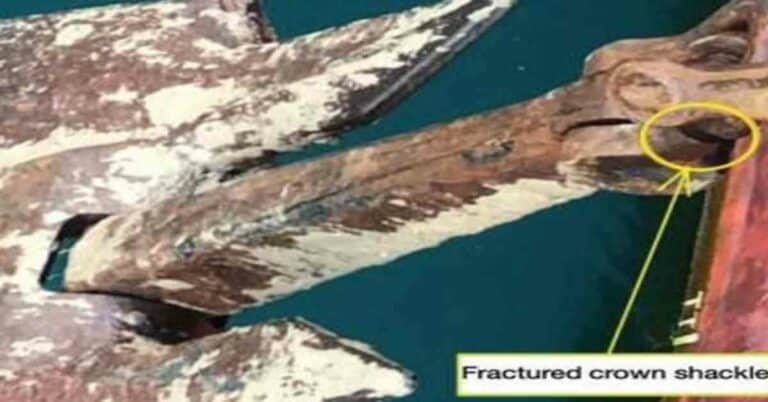Real Life Incident: Collision In Daylight And Good Visibility
In the early morning a small cargo ship left port bound for a short sea destination. The OOW was alone on the bridge as it was now daylight and visibility was good.

In the early morning a small cargo ship left port bound for a short sea destination. The OOW was alone on the bridge as it was now daylight and visibility was good.

On a vessel underway, two engine room crew were detailed to clean the engine room ventilator water mist catcher using a pressure cleaner.

Current gantry crane practice and risk reduction measures are not adequate, finds a report from Dutch Safety Board (DSB).

A general cargo vessel was fully loaded with cut timber packed into plastic-wrapped packages, both in the cargo hold and on deck.

In darkness and with visibility further reduced to about 150m in fog, a container vessel was being brought to a tidal river berth under pilotage.

Poor communication, disregarding VTS advice, and limited awareness caused a close quarters situation, highlighting the need for accurate traffic information and holding the berth in constrained waterways.

The crew were heaving anchor on a tanker in ballast. As the starboard anchor came into sight above the water the officer noticed something was not right.

The vessel was berthed ‘Mediterranean style,’ with lines running astern to the pier and to starboard on another pier in combination with an anchor on the port side.

The pilot briefed the Master on his berthing plan and was informed of the vessel’s left-handed controllable-pitch propeller, among other manoeuvring details.
"*" indicates required fields